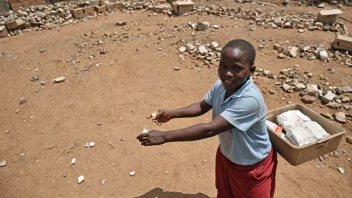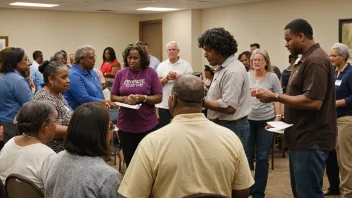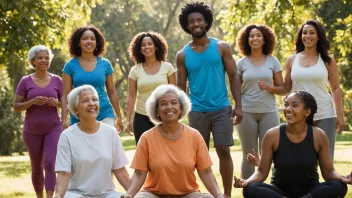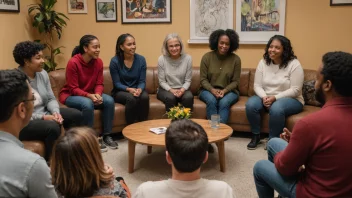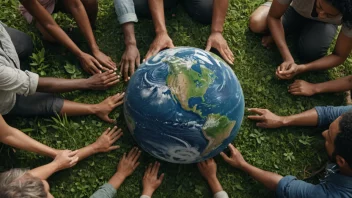What is the role of art in healing communities after crises?
Art serves as a powerful tool for expression and communication, enabling individuals and communities to process their emotions and experiences following a crisis. It can foster a sense of belonging and help in rebuilding identities that may have been disrupted. Through various forms such as visual arts, music, theater, and literature, communities can share their stories and promote healing.
How does culture contribute to community resilience?
Culture provides a framework for understanding and interpreting experiences. It encompasses the traditions, values, and practices that help individuals make sense of their circumstances. In times of crisis, cultural practices can reinforce community bonds and strengthen resilience, allowing groups to come together in support and solidarity.
Can you provide examples of art initiatives that have helped communities recover?
Yes, there are numerous initiatives worldwide. For instance, after the 2010 earthquake in Haiti, artists organized community workshops to create murals that depicted hope and resilience. Similarly, in post-war Bosnia, theater groups have used performances to address trauma and foster dialogue among different ethnic groups.
How can individuals get involved in supporting art and culture initiatives?
Individuals can engage in various ways, including volunteering for local art organizations, participating in community events, or even organizing art workshops. Supporting local artists and cultural programs through attendance or advocacy can also make a significant difference.
What are the psychological benefits of engaging with art after a crisis?
Engaging with art can offer therapeutic benefits, such as reducing stress, anxiety, and depression. It provides an outlet for self-expression and can lead to improved emotional well-being. Additionally, art activities can promote social interactions, helping individuals feel less isolated.
How does art promote dialogue and understanding among different community groups?
Art often reflects diverse perspectives and experiences, making it a unique medium for dialogue. Community art projects can bring together individuals from various backgrounds, fostering conversations around shared experiences and differences. This can lead to greater empathy and understanding, essential for healing.
What challenges do communities face in using art for healing?
Some challenges include limited access to resources, funding, or professional artists. Additionally, there may be cultural barriers or skepticism regarding the effectiveness of art in healing. Overcoming these challenges often requires collaboration among community members, artists, and organizations.
How can art be integrated into disaster recovery plans?
Incorporating art into disaster recovery plans can be achieved by including cultural leaders in planning processes and allocating resources for artistic projects. This can involve setting up community art centers, funding local artists, or integrating art therapy into mental health services.
What is the future of art and culture in crisis recovery?
The future of art and culture in crisis recovery looks promising, with increasing recognition of their importance in healing. As communities continue to face challenges, the integration of art and cultural practices into recovery efforts can lead to more holistic approaches that address both psychological and social needs.

